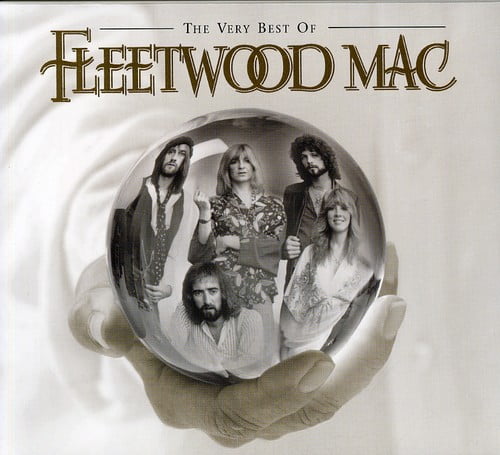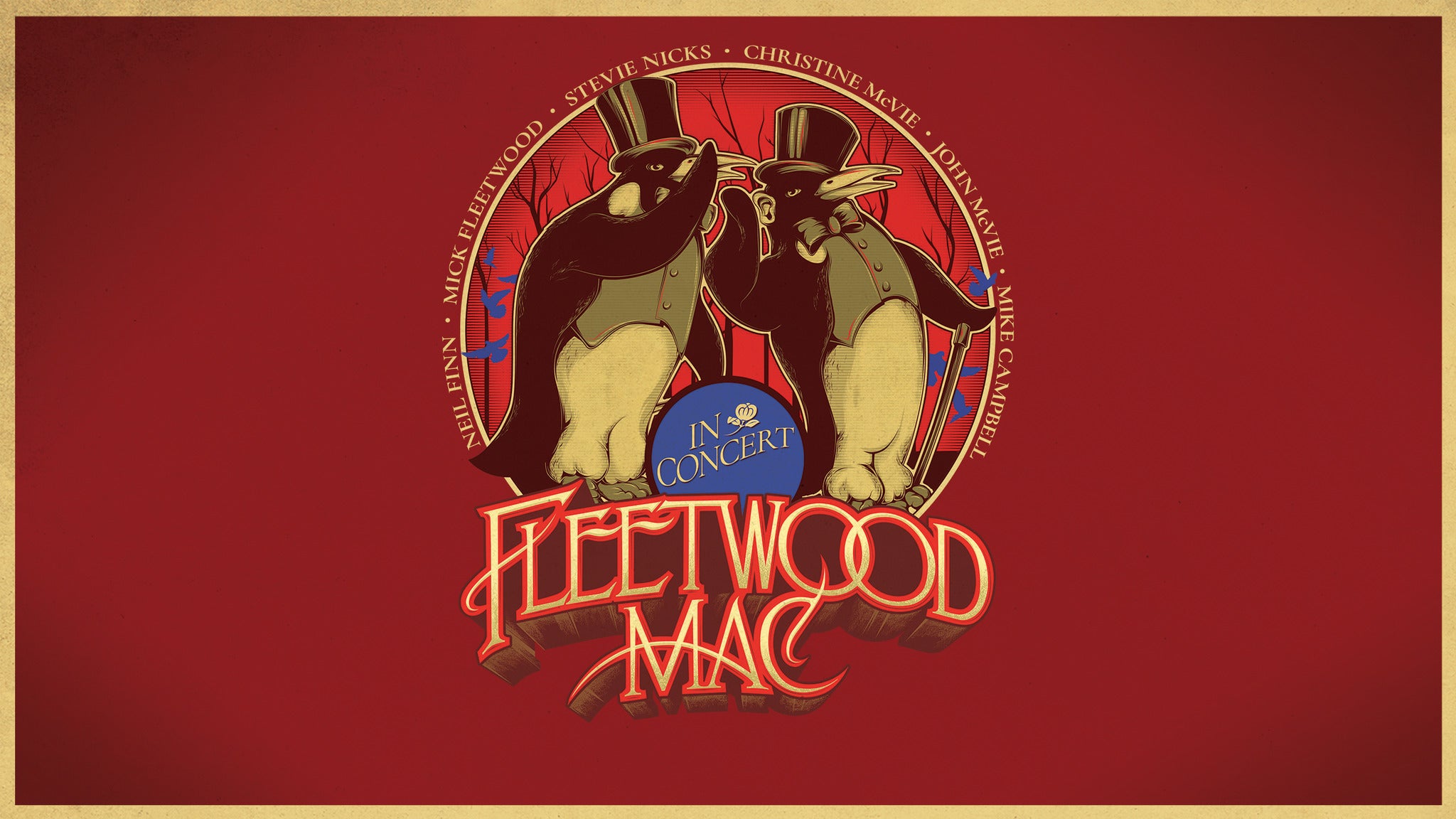

except that it does live in my house because it was so special. which means my bed went back on the floor, with the paper flowers and the, you know, there's a part of that that there will never be again. In the song Gypsy it says, Going back to the velvet underground/ Back to the floor. you know, uh back to learning to live alone again. I'm very comfortable living in one little room with my bed on the floor and kind of lace tacked up at the windows, you know. And I, it was really like living back in my apartment before I joined Fleetwood Mac.it was. all my junk, everything I had into this tiny little room about as big as this sofa, you know and I just lived in there for about 3 months. It's just a little tiny room and put my bed back on the floor, moved my JBLs in there, all my plants. I went through an experience that wasn't particularly pleasant and I moved out of my big English bedroom into the little back bedroom that was all.the lady that owned this house had put all this French wallpaper up that was flowers and it was beautifully, beautifully done. Yes in my uh Doheny house - in my English house. going back to the gypsy that I was prior to Fleetwood Mac. ~Stevie Nicks, interview in Revolution, November, 1989 General CommentAll the characters in my songs ~ the Gypsies, the Saras, and the on this album, Alice and Juliet ~ they're all me. Back to the gypsy that I was." Those are the words: 'So I'm back to the velvet underground' – which is a clothing store in downtown San Francisco, where Janis Joplin got her clothes, and Grace Slick from Jefferson Airplane, it was this little hole in the wall, amazing, beautiful stuff – 'back to the floor that I love, to a room with some lace and paper flowers, back to the gypsy that I was.' To a room with some lace and paper flowers. To contextualize, she voiced the lyrics: "So I'm back, to the velvet underground. She explained it was written sometime in 1978-79, when the band had become "very famous, very fast," and it was a song that brought her back to an earlier time, to an apartment in San Francisco where she had taken the mattress off her bed and put it on the floor. On Maduring a show in Montreal on Fleetwood Mac's Unleashed Tour, Stevie Nicks gave a short history of the inspiration behind Gypsy. To this day, when I'm feeling cluttered, I will take my mattress off of my beautiful bed, wherever that may be, and put it outside my bedroom, with a table and a little lamp." Just that and a lamp on the floor, and that was it–there was a certain calmness about it. I had old vintage coverlets on it, and even though we had no money it was still really pretty. Okay: In the old days, before Fleetwood Mac, Lindsey and I had no money, so we had a king-size mattress, but we just had it on the floor. "Oh boy, I've never really spoken about this, so I get verklempt, and then I've got the story and I start to screw it up. Here's her explanation of the rest of it: She's explained this in several interview you can Google and it's on Wikipedia as well.

And "Lightning strikes, maybe once, maybe twice" - you'll only find a friend like that once, maybe twice in a life time.


That's what the line "I still see your bright eyes" is about. The first meaning is about Stevie herself, and the second, more emotional part, is about the death of someone, particularly her best friend Robin, who died of leukemia before it was released. The album gatefold shows a full-size photo of the post-Green line up of the band with Christine McVie (nee Perfect), even though she just plays piano on a couple of tracks and wasn't a full-fledged member until after "Kiln House" was released.Song MeaningThis song actually has a definite meaning, and it's beautiful. via a cover version by Santana, that landed in the Top Five of the Billboard Top 40. "Albatross" was a huge chart hit in the UK whilst the single "Black Magic Woman" helped to break Fleetwood Mac in the U.S. Fleetwood Mac enjoyed several hit singles in the United Kingdom at that time and these are collated here for this album, originally issued on CBS Records only in the U.K. This record was a stalwart of every decent album collection in the early 1970s as it represented the first greatest hits package from Fleetwood Mac, covering the period from the band's beginning in 1968 through to 1971.įleetwood Mac in their original incarnation were led by guitarist Peter Green and were leaders of the second British Blues boom of the late 1960s. This is a re-release of the famous 'red sleeve' Fleetwood Mac Greatest Hits album.


 0 kommentar(er)
0 kommentar(er)
